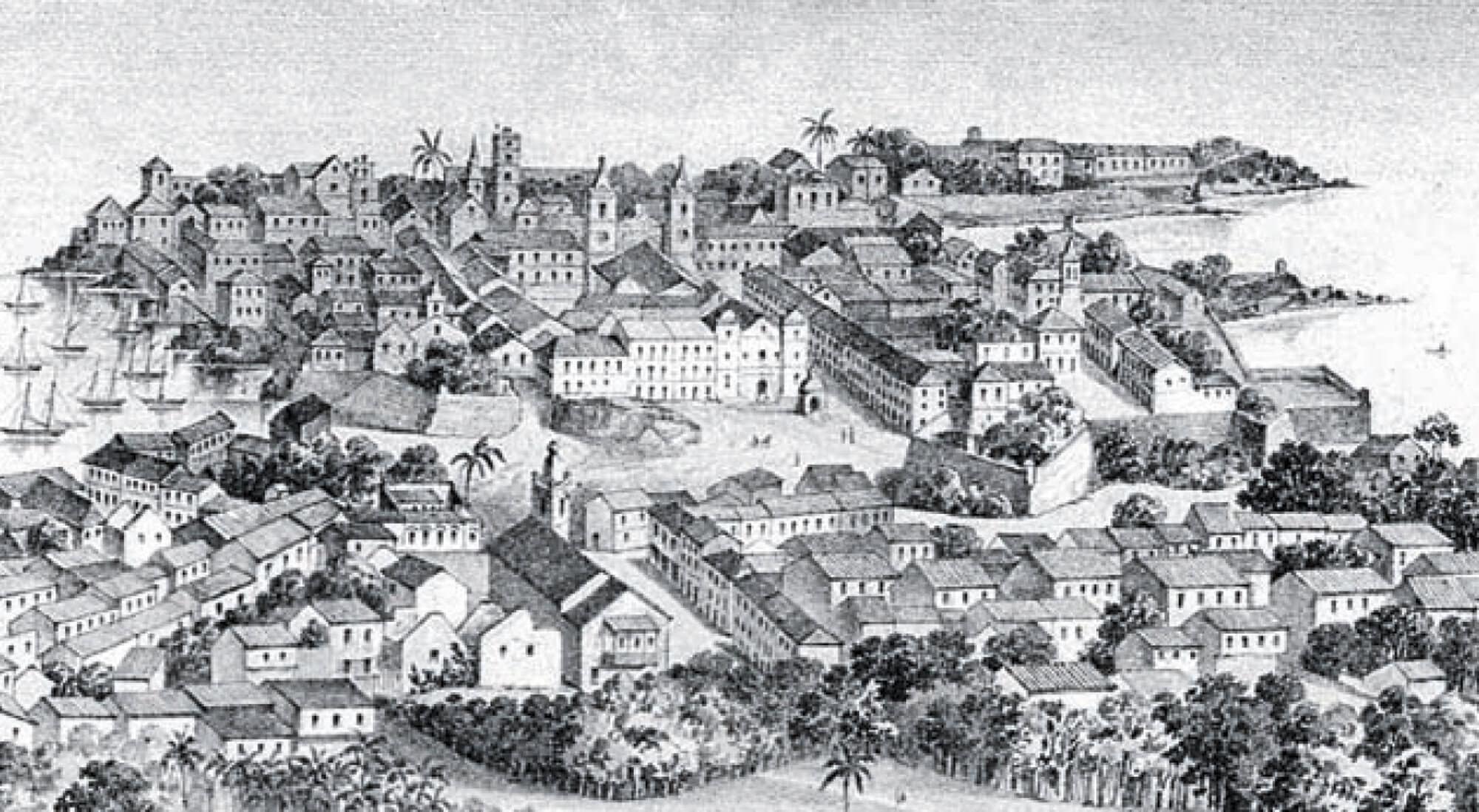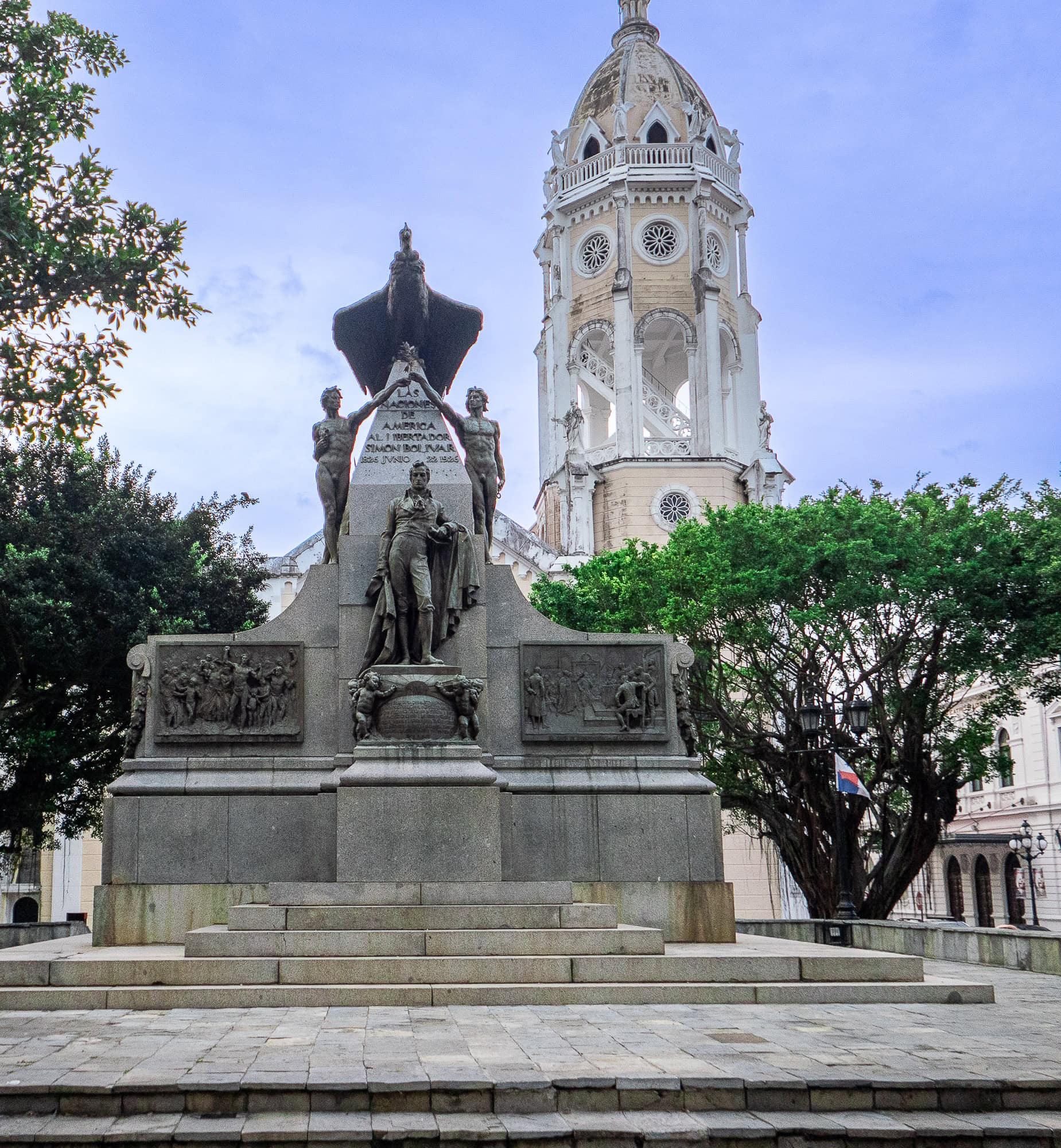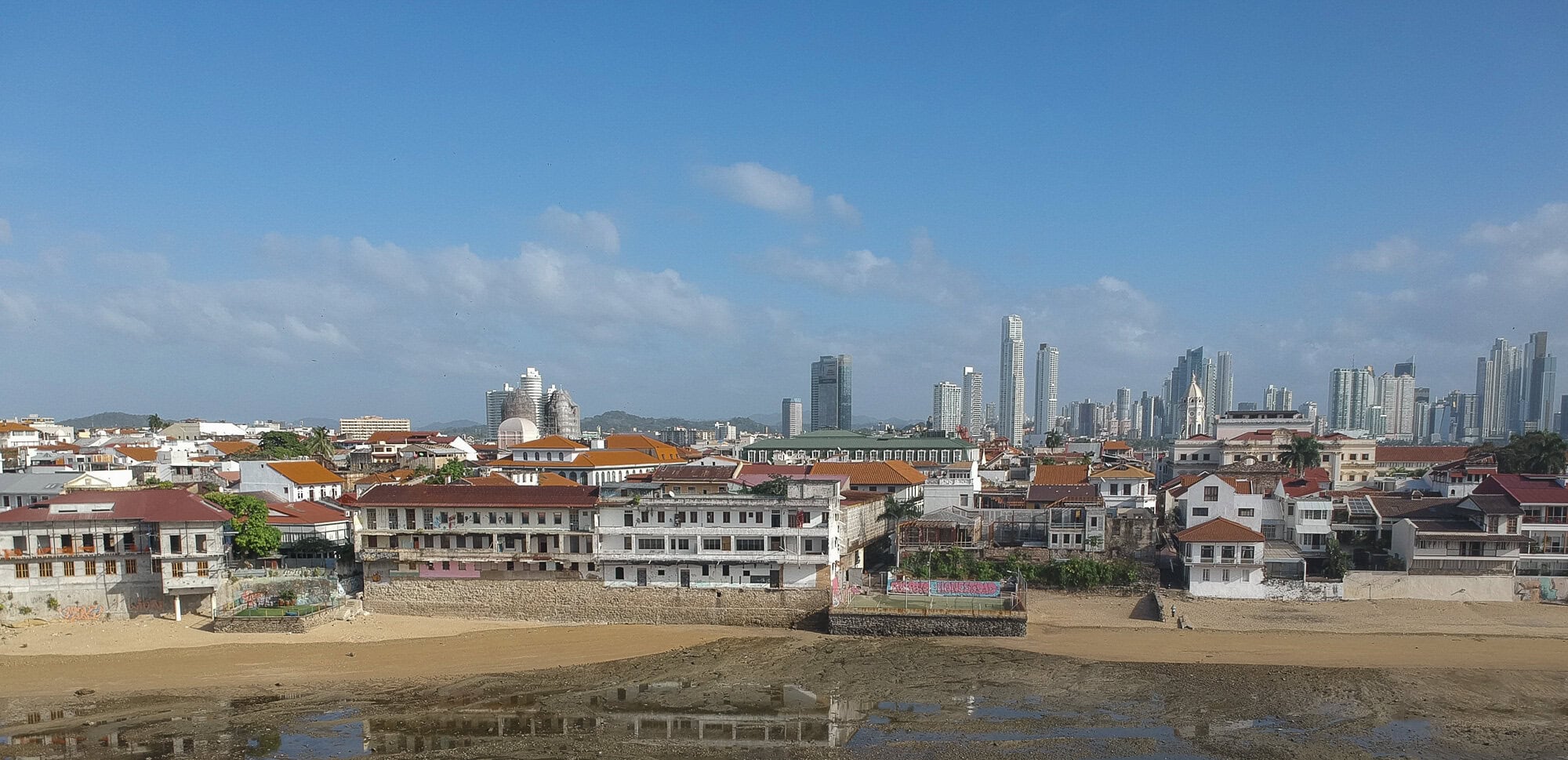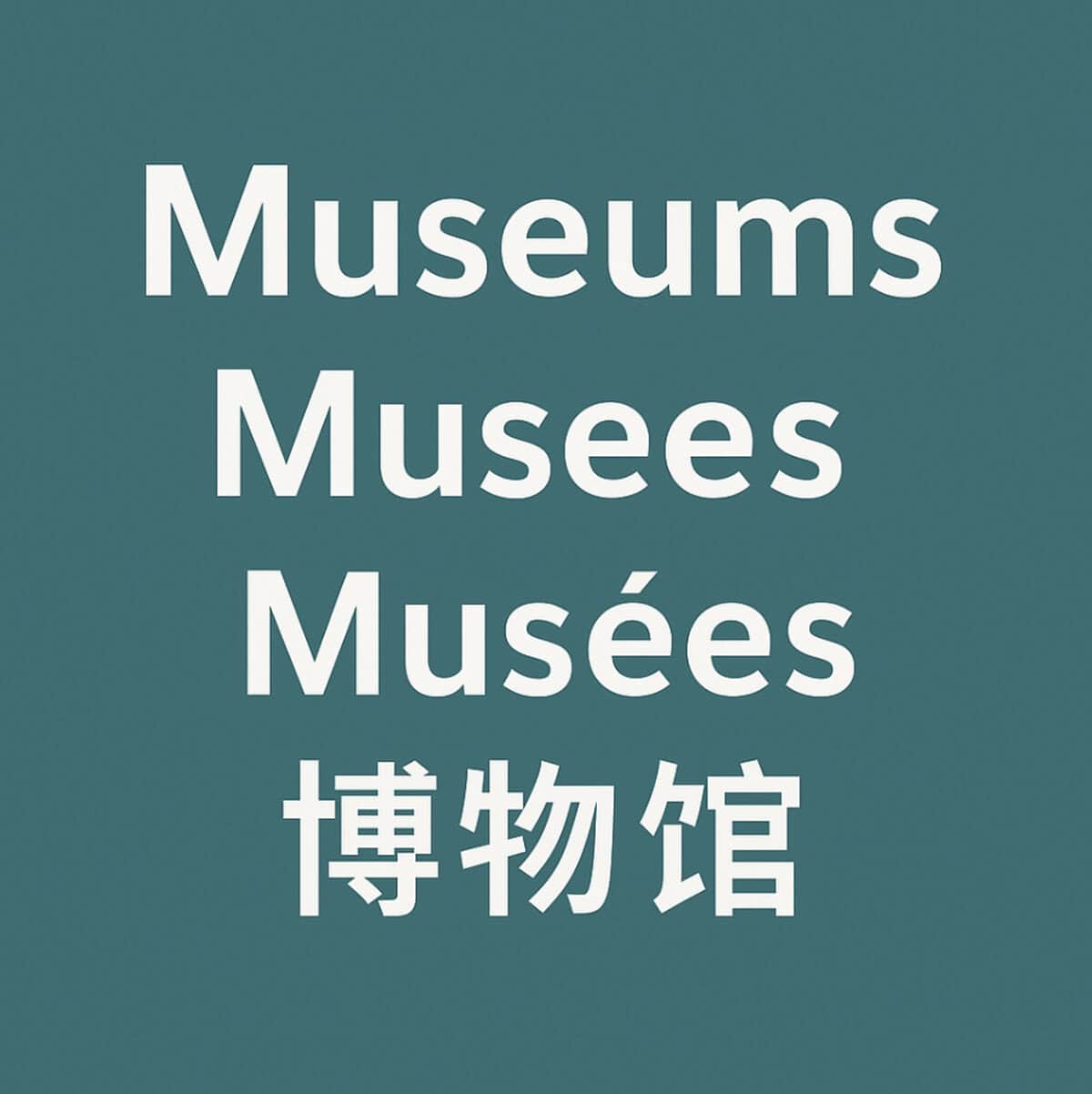The History of Casco Viejo — A City Born from Fire and Fortune
Panama’s story & the History of Casco Viejo. – Long before glass towers mirrored the Pacific, the heart of the city lay eight kilometers east in what we now call Panamá Viejo. When Captain Henry Morgan’s pirates burned it to the ground in 1671, the Spanish Crown made a decision that would shape centuries: rebuild, but smarter.
So, in 1673, a new city rose on a rocky peninsula called el sitio del ancón. This was Casco Viejo, (also known as San Filipe) built not just from stone, but from lessons learned. Its narrow streets, fortified walls, and plazas were designed with defense in mind a fortress against both enemies and time.
The Blueprint of a Colony: How the History of Casco Viejo Began
Casco Viejo’s original plan followed a strict orthogonal grid — streets aligned to the cardinal points, centered on the Plaza Mayor (today’s Plaza de la Independencia). The design wasn’t only military; it reflected Spanish order and Catholic hierarchy — the same rhythm of structure and celebration that still defines Panama today. Read more in Panama Holidays and Celebrations: Why Life Feels Happier Here.
Convents and churches dominated the skyline La Merced, San José, San Felipe Neri, Compañía de Jesús, Santo Domingo while the Palacio Nacional and the Cabildo Municipal handled civic life.
Behind those walls, the colony pulsed with merchants, sailors, and clerg a crossroads of the Spanish empire. From this tiny peninsula, gold and silver flowed from Peru toward Spain, and European goods returned via the same route. Panama’s destiny was set: it was never a city that produced, but one that connected.
The Walls that Guarded a Nation and Shaped the History of Casco Viejo
After Morgan’s attack, paranoia was policy. Engineers built massive stone ramparts wrapping the peninsula, with bastions facing the sea and a fortified land entrance the only weak point. Within, space was limited, so life pressed tightly together: patios, courtyards, balconies. The architecture reflected both resilience and restraint.
The walls stood for nearly two centuries, until 1856 when parts were demolished to connect Casco with the growing barrios of Santa Ana and El Chorrillo. That moment marked the start of Panama’s urban expansion and the beginning of Casco’s slow fade from center stage.




A Palimpsest in Stone, Layers of Casco Viejo’s History
Casco Viejo isn’t frozen in the 1600s it’s a palimpsest, a living manuscript rewritten over generations. Beneath each restored façade lies another story: colonial foundations beneath republican balconies, 19th-century wrought-iron railings over 17th-century calicanto walls.
Architect Eduardo Tejeira Davis described it perfectly: every age rewrote Casco Viejo without erasing the past. Fires, earthquakes, and fashions came and went, but the city adapted. Even today, when you walk along Calle 4ª or Avenida A, you’re moving through layers of centuries a living archive of Panama’s endurance.
From Prosperity to Decline: Another Chapter in the History of Casco Viejo
Through the 18th century, Casco Viejo thrived on trade until global routes shifted. The opening of Cape Horn and the fall of Portobelo’s treasure fairs strangled the economy. Three massive fires 1737, 1756, and 1781 reduced much of the walled city to ashes.
Yet residents rebuilt each time. By 1814, cartographers again mapped a lively city of 8,000 souls. But the colonial era was ending, and new forces were coming: independence, commerce, and the Canal.
The Republican Makeover and the Next Era in Casco Viejo’s History
By the mid-19th century, Casco Viejo changed from fortress town to republican capital. The Panama Railroad (1855) and later the French and American Canal efforts brought a flood of engineers, immigrants, and ambition. Wooden balconies gave way to neoclassical façades, Italian tile, and French mansard roofs.
The elegant mansions you see today on Calle 1ª and around Plaza Bolívar reflect that Belle Époque optimism. It was the moment when Panama looked outward, dreaming of Paris, New York, and progress.
When the Wealth Moved Away
By the 1930s, prosperity had shifted uptown. Wealthy families left for La Exposición, El Cangrejo, Bella Vista, and Obarrio neighborhoods with cars, gardens, and less humidity. What remained in Casco were the walls, the memories, and thousands of working-class tenants living in decaying mansions turned into casas de inquilinato(tenement houses).
By mid-century, more than 40,000 people squeezed into the narrow streets of San Felipe, Santa Ana, and El Chorrillo. The architecture survived not because of money, but because of inertia — there was simply no funding to tear it down.
UNESCO and a New Beginning for the History of Casco Viejo
After decades of neglect, something remarkable happened. Scholars, residents, and visionaries fought for recognition. In December 1997, Casco Viejo together with the Salón Bolívar was declared a UNESCO World Heritage Site.
This changed everything. Restoration became not just possible, but vital. The Panamanian government created the Oficina del Casco Antiguo, tasked with protecting and revitalizing the district. Gradually, roofs were rebuilt, façades repainted, and life returned marking a defining chapter in the history of Casco Viejo, when a once-forgotten quarter began its transformation into the vibrant cultural landmark we know today.
From Abandonment to Renaissance: The Modern History of Casco Viejo
By the 1990s, only 10,000 people lived in Casco. Today, the streets hum again with galleries, cafés, and restored townhouses mixing with centuries-old churches. That energy shines during Casco’s pedestrian festivals—see Casco Peatonal: A Walk Through Celebration and Soul. The balance is fragile, but vibrant: a dialogue between preservation and modern life.
Walk through Plaza Bolívar on a Sunday, and you’ll see what UNESCO meant by “Outstanding Universal Value” heritage alive, not museumed. Celebrate that spirit in Panama Holidays and Celebrations: Why Life Feels Happier Here. The same streets that once guarded treasure routes now welcome travelers in linen shirts and sandals, holding ice cream instead of swords.






A City Built by Many Hands
Casco Viejo’s beauty was never purely Spanish. It was Afro-Panamanian labor that built its walls, French and Italian artisans who shaped its balconies, and Caribbean migrants who filled its courtyards with music. Every color on those walls tells a story and none of them stand alone.
That layered humanity is what gives Casco Viejo its soul. It’s why, when rain hits the cobblestones and bells echo from San Francisco de Asís, you can still feel the centuries beneath your feet.
From Family Homes to Living Heritage
Preserving Casco Viejo isn’t about freezing time; it’s about continuity. The story of these 39 acres is one of endurance and reinvention once a tight-knit enclave of families who owned their own buildings, living above shops and courtyards filled with children and conversation. Over time, as Panama City expanded and the wealthy moved to newer suburbs, many of Casco’s grand homes were divided into small apartments or rented room by room. Families held on as best they could, sometimes selling floors or sharing kitchens, trying to preserve a piece of what had been theirs.
How the History of Casco Viejo Shaped Modern Panama City
That shift from family estates to multi-tenant dwellings marked the start of a slow physical decline but a deep cultural resilience. When restoration began in the late 1990s, architects and planners inherited a patchwork of structures some collapsing, others lovingly maintained despite neglect all around. The history of Casco Viejo is reflected in every one of these walls, where change and continuity coexist. The law now classifies roughly 1,000 buildings into four heritage categories, each with its own preservation rules. Since 1997, more than 100 have been restored under the guidance of the Instituto Nacional de Cultura (INAC) and researchers like Tejeira Davis, ensuring that new investment respects old bones.
Yet challenges remain — from housing affordability and noise to traffic and the delicate balance between tourism and community life. The history of Casco Viejo reminds us that the district endures not because it resists change, but because it learns how to live with it. The goal isn’t to seal it in amber; it’s to let this living city breathe while honoring every hand that built, adapted, and restored it.
Fast Facts: The History of Casco Viejo
- Founded: 1673 (after the destruction of Panamá Viejo)
- Original Name: Nueva Panamá / Panama la Nueva
- UNESCO Designation: 1997 (extended 2003 to include Panamá Viejo)
- Size: ≈ 37.7 hectares (San Felipe core + Santa Ana/El Chorrillo buffer)
- Population Today: ≈ 11,000
- Signature Monuments: Metropolitan Cathedral, Teatro Nacional, Iglesia de la Merced, Palacio Bolívar, Museo del Canal
- Architectural Eras: Colonial (17th-18th c.), Republican (1850-1930), Contemporary Revival (1997-present)
Questions & Answers
A: For protection. The new peninsula offered better defense after the pirate attack of 1671.
A: Its unique blend of colonial and republican architecture and its urban plan from 1673 that remains largely intact.
A: While the street grid is 17th century, most surviving structures date from 1850-1930 — the republican golden era.
A: Yes though gentrification has shifted demographics, families still live above cafés and workshops.
A: Together they tell the full story of Panama City’s founding, destruction, and rebirth — a dual World Heritage listing since 2003.
How the History of Casco Viejo Shaped Modern Panama City
Casco Viejo isn’t perfect, and it isn’t finished but that’s precisely why it’s magic. Every façade, every balcony, every patch of peeling paint whispers: we’re still here. Stand at the seawall and look toward the Bridge of the Americas. You’re watching 500 years of ambition from the first galleons to the Canal, from the fires of 1671 to the drone shots of today. Few places on earth compress so much history into so few blocks. To understand why visitors fall in love with this neighborhood, read Why Visit Casco Viejo When You’re in Panama
How the History of Casco Viejo Shaped Modern Panama City
I wrote this blog because, after living here for so many years, I realized how easily we take the history of Casco Viejo for granted. I grew up in a small coastal town in England called Poole a place even older than Casco Viejo, also recognized by UNESCO for its maritime heritage and its connection to Baden-Powell, the founder of the Cub Scouts. Ironically, the house I now live in here in Casco was once where he spent his summers. That link between my childhood home and this historic neighborhood reminded me how intertwined places and stories can be — and why preserving the history of Casco Viejo matters so deeply today.
Both towns share something rare: they’ve survived centuries of storms, invasions, and reinvention. Writing about the history of Casco Viejo felt overdue not as a historian, but as someone who walks these streets daily and understands that heritage only stays alive when people care enough to tell its story.
Casco isn’t just a collection of restored façades; it’s a living organism one that keeps evolving because people still believe in it. And that, more than any law or designation, is what ensures its future.


Sources and Historical Attribution – The History of Casco Viejo
Much of the historical foundation for this article comes from “Panamá: El Casco Antiguo y la dinámica de sus transformaciones” by Eduardo Tejeira Davis (2013) one of Panama’s most respected architectural historians. His work with the Oficina del Casco Antiguo remains the most comprehensive study of Casco Viejo’s evolution from 1673 to the present day.
Additional context is drawn from first-hand experience and observation within Casco Viejo by James Patrick Rice, resident since 2008 and founder of CascoViejo360.com.
- Return to the homepage to explore more stories like this one
- Discover the faith and craftsmanship behind Casco Viejo’s historic churches
- Learn how heritage preservation earned this district its UNESCO World Heritage Honor
- Experience Panama’s traditions and festivities in Panama Holidays and Celebrations
- Plan your visit and dine nearby at Casco Viejo’s best restaurants
Museum of the Mola
A vibrant museum dedicated to Guna culture, where the meaning behind each stitch tells a story of identity and heritage.
Visit MuseumArts & Culture
From street murals to studio exhibits, Casco’s art scene is alive with talent and passion rooted in history and place.
Explore ArtsEvents in Casco
Stay in the loop with local events—gallery openings, live music, artisan fairs, and street festivals that bring Casco to life.
View Events
